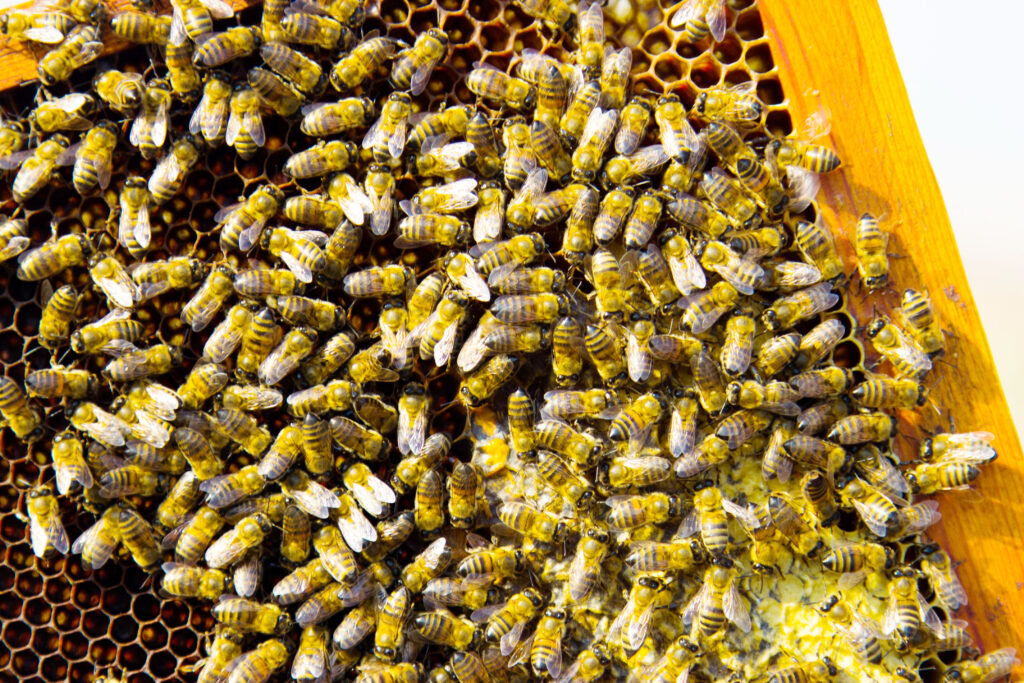
This is the season of extensive change within the honeybee colony: the queen is laying winter bees, and those worker bees that are crucial during warmer months die off. Although worker and winter bees fulfill their functions within the hive, they are very different in critical ways. This is what we are going to explore: the differences between the two types of bees and their unique functions and characteristics.
Even though workers are the most prominent bees in the hive during spring and into fall, they have a short lifespan, usually ranging between 2 to 6 weeks. During their brief lifetime, workers go through two stages of adult development: house bee and forager. Their high metabolism makes their lives fast-paced; they accomplish a number of demanding tasks themselves-for example, cell cleaning, foraging for food, and guarding the hive, which requires that they survive for only a period of days.
Winter bees generally survive for months; sometimes, they survive during the entire winter. Unlike workers, winter bees have only one adult stage of life. Their primary task is to maintain the temperature inside the environment within the hive; thus, they tend to keep the queen and the hive at the proper temperature and nurse the brood that is going to form a new workforce when the spring begins.
The work of the worker bees changes with their age:
These roles clearly illustrate how full of energy and activity worker bees remain during their entire brief lifespan.
Worker bees have a larger metabolic rate, which keeps their high-energy lifestyle alive but tends to kill them sooner. Their main occupations are foraging, cleaning the hive, and scouting.
Winter bees are well adapted in terms of survival during harsh conditions. Winter bees contain larger fat bodies within the abdomen, which consist of fats, proteins, and carbohydrates that provide energy to the bees. These, with the addition of vitellogenin, which improves their immunity, make the winter bees strong for a longer period under rough conditions. Lower metabolism helps them conserve energy when food is scarce.
Each worker and winter bee is a product of functional behavior for survival. Worker bees are short-lived and energetic in the sense that they keep busy with tasks that must be performed for the colony’s benefit. Winter bees, on the other hand, are made for longevity, which enables survival of the colony in the coldest months. Two kinds of bees work in harmony with each other over seasons to keep the health of the hive and the production going in the future.